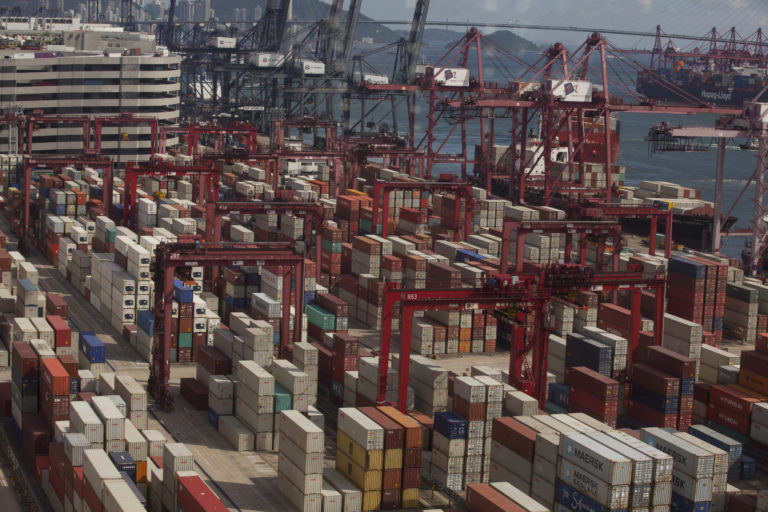INVESTIGATING WILDLIFE CRIME ROUTES WITHIN
THE SHIPPING INDUSTRY
Container Shipping - The chosen conduit for wildlife crime syndicates
Wildlife crime is rapidly gaining more attention of governments as being one of the top four serious organised crimes, falling just behind drugs trafficking, the illicit arms trade, and people smuggling. Shipping containers are by far the most widely chosen method of transport for illicit wildlife products. This is largely due to the sheer volume of container traffic moving around globally each year, and the limited capacity on the part of authorities to effectively inspect and monitor these containers. For example, in 2017 Hong Kong handled 20.8 million twenty-foot equivalent units (TEUs).
Shipping is heavily based on trust, with governments relying on shippers to make honest declarations of the goods they pack inside containers. Unfortunately, a significant issue with container shipping is the misdeclaration of goods carried. Taxes charged on goods vary considerably, and a wide range of goods will often be misdeclared in order to pay lower taxes.
Someone wanting to ship wildlife parts with minimal chance of them being stopped and searched only needs to declare using a broad or vague description selected from lower down lists of concerned goods. This can even be done without technically lying. For example, a shipment labelled as ‘dried seafood’ could contain low-value dried cod heads which incur a low tax, but could also contain protected species such as dried shark fin or highly endangered totoaba swim bladders, both of which are high-value products for which higher tax rates would apply, as well as potential trade restrictions or prohibitions.
The speed and volume of shipping containers entering a port is considerable and customs authorities generally have limited resources, as a result, inspecting every container is impossible. For example fewer than 5% of shipping containers entering the United States are scanned, let alone given a physical inspection. Given the volume of containers involved, authorities rely heavily on the bill of laden documents and factors such as country of origin, in order to select containers for targeted inspections. Because officials are stretched to capacity, and because wildlife products are far down the list of priority items of concern, containers claiming to contain wildlife products are often waved through un-checked.

What We Do
OceansAsia investigates shipping documents and manifests to establish key routes and players shipping in order to provide customs with intelligence and advanced notice of potential target containers. We also work closely with shipping and airlines in order to help improve their internal systems to reduce the chances of wildlife smuggling on their vessels.
Due to the nature of our work, we cannot share our methods or strategies. Intelligence-based conservation is all about keeping one step ahead of wildlife traffickers.
